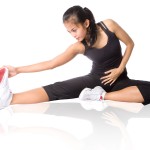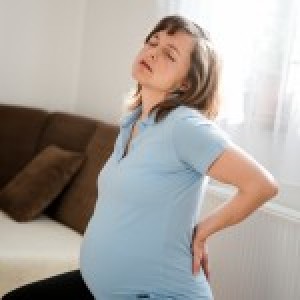Does turning and getting out of bed or lifting your head to look up cause your head to spin? Benign paroxysmal positional vertigo (BPPV) is a disorder of the inner ear’s vestibular system affecting 2.4% of people. BPPV is characterised by episodes of sudden and severe vertigo when your head is moved around.
- Benign indicates it is not life threatening and generally doesn’t progress
- Paroxysmal means sudden onset of symptoms
- Positional points to the fact that symptoms usually occur with changes in head position
- Vertigo is a spinning sensation
Symptoms:
- Vertigo
- Light headedness
- Dizziness/ Nausea/ Vomiting
- Loss of balance
- Your eyes may drift and flick uncontrollably (nystagmus) with head movement
Causes:
BPPV is caused by particles within the balance organ of your inner ear. BPPV is thought to arise due to the displacement of otoconia (small crystals) from the vestibule of the inner ear into the fluid-filled semi-circular canals. When your head is moved, the movement of fluid inside these canals tells the brain the distance, speed and direction your head is moving. Usually, these crystals are held in special canals within other structures. Injury or degeneration may allow the crystals to dislodge and escape into the balance organ and interfere with your vestibular system. This can occur for a number of reasons;
- Head or ear injury.
- Ear surgery or ear infection
- Degeneration of the inner ear structures
- Vestibular neuritis (viral infection of the inner ear).
- Meniere’s disease (disorder of the inner ear).
- Some types of minor strokes.
- Idiopathic BPPV occurs for no reason
Diagnosis:
Your physiotherapist or doctor may use several tests to diagnose BPPV. This can include looking for nystagmus (involuntary eye movements) and vertigo when the head is placed in certain positions.
Treatment:
Treatment of BPPV involves vestibular rehabilitation, a special form of physiotherapy that involves treatment manoeuvres and exercise in order to decrease dizziness and improve balance. You should always have this condition evaluated and treated by a Chartered Physiotherapist or ENT.













